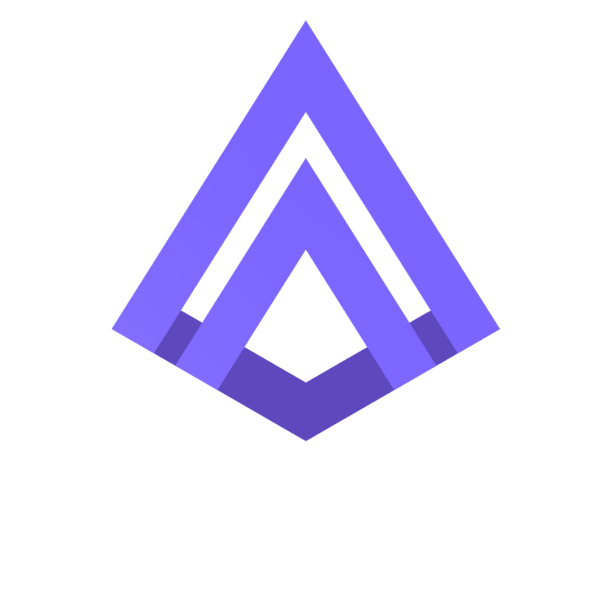Mapping Bitcoin’s Ongoing Integration into U.S. Finance: A Strategic Lens
Date Posted: June 13, 2025
A trusted industry peer recently shared a 21-step framework outlining Bitcoin’s progressive integration into the U.S. financial system. The structure was thoughtful—not speculative or promotional, but grounded in how real institutional change takes place: gradually, through infrastructure development, regulatory interpretation, and strategic alignment.
From my vantage point in space, the framework offers a clear lens through which to view a process that’s often misunderstood. Bitcoin is no longer on the margins—it’s actively being incorporated. The pace may be uneven, but the direction is consistent.
Here’s how the current landscape aligns with that framework:
Phase I: Infrastructure and Recognition (Steps 1–9)
This foundational phase is largely complete. It focused on enabling Bitcoin’s legal and operational presence within traditional finance:
- Regulatory recognition of Bitcoin as a digital asset
- The rise of licensed exchanges and institutional-grade custodians
- AML/KYC standards for service providers
- Bitcoin derivatives and structured investment products
- IRS classification of crypto as property
- Custody solutions from traditional banks
- Cybersecurity frameworks for wallet providers
- FinCEN guidance on compliance and reporting
These developments did not emerge overnight. They required years of navigating legal ambiguity and aligning with legacy financial protocols. But they created the minimum infrastructure necessary for institutional participation.
Phase II: Policy Refinement and Institutional Coordination (Steps 10–16)
This is the current stage—where core infrastructure exists, but consistent interpretation and policy clarity remain uneven.
Key issues still being addressed:
- SEC treatment of digital assets and classification debates
- IRS guidance on DeFi, staking, and yield income
- Lack of clarity around tokenized assets and broker-dealer requirements
- Limited banking access for crypto-native firms
- Absence of formal frameworks for decentralized finance protocols
- Fragmented public education around digital asset literacy
- Research efforts around the potential U.S. CBDC
This phase is not theoretical. The technology is operational. The challenge lies in bridging regulatory gaps and establishing frameworks that allow crypto to interact securely with traditional systems.
Phase III: Strategic Uncertainty and Long-Term Policy Questions (Steps 17–21)
The final phase raises systemic and long-term questions that are more strategic than operational:
- Will national digital ID systems integrate with crypto access?
- Can traditional finance achieve true interoperability with blockchain networks?
- Could Bitcoin play a role in sovereign reserves?
- Will meaningful global coordination around crypto regulation emerge?
- What comprehensive stance, if any, will the U.S. take on Bitcoin’s role?
These are not immediate decisions—but they represent inflection points for digital asset policy and future global financial architecture.
The strength of the 21-step framework lies in its clarity. It avoids abstraction and instead organizes Bitcoin’s progress in a way that’s tangible for both operators and observers. It’s also a reminder that meaningful integration in financial systems rarely happens through disruption alone. More often, it’s a process—technical, legal, and strategic—built through alignment.
From a practical standpoint, we’re no longer discussing whether Bitcoin will enter the financial system. We’re watching how it does—and what that means for the institutions, investors, and policies that shape it.



